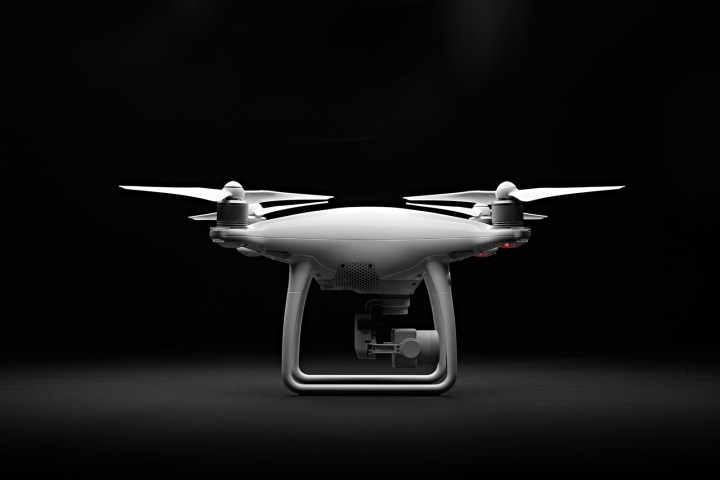A drone may be the cause of a recent helicopter crash in South Carolina. If the unmanned flying object is determined to be at fault, this will mark the first drone-related crash of an aircraft in the U.S., Bloomberg reports. On Wednesday, February 14, a student pilot and an instructor told the Charleston Police Department that a small drone materialized directly in front of their helicopter, causing the aircraft to veer off course. While the instructor took the controls to avoid colliding with the drone, the tail of the copter snagged either a tree or brush, resulting in a crash landing.
Luckily, no one was hurt in the incident, although the helicopter didn’t quite escape unscathed — Bloomberg reports that the tail of the aircraft “appeared to have significant damage.” While the Federal Aviation Administration (FAA) confirmed that the helicopter went down around 2 p.m. local time on Wednesday, it did not reveal whether a drone was involved. That said, the National Transportation Safety Board has been made aware of initial reports suggesting the involvement of a UAV, and is compiling further information, per a statement from the NTSB.
The incident underscores the importance of strict drone regulations, many of which are already in place throughout the U.S. For example, drones are generally only legally permitted to be flown within 400 feet off the ground, and must stay within sight of its human operator at all times. Moreover, drones are meant to steer clear of any traditional aircraft. But in the numerous drone safety issues that have arisen over the years, the vast majority involve illegal flights.
In the case of the South Carolina incident, the quadcopter seemed to be a Phantom drone, which is manufactured by DJI, one of the most popular drone makers in the world. Unfortunately, neither the drone nor its operator has been located.
“DJI is trying to learn more about this incident and stands ready to assist investigators,” the company said in a statement. “While we cannot comment on what may have happened here, DJI is the industry leader in developing educational and technological solutions to help drone pilots steer clear of traditional aircraft.”
This isn’t the only recent incident involving one of these unmanned aircraft and larger, traditional planes and helicopters. On Wednesday, Canadian authorities reported a crash involving a drone and a charter plane. The FAA also said earlier in the week that it was investigating whether an air-tour helicopter ran into a drone in Hawaii.
“The likelihood that a drone will collide with an airline aircraft is increasing,” trade group Airlines for America wrote in a letter to a letter to Congress this week, along with the Air Line Pilots Association and the National Air Traffic Controllers Association. But outside of an outright ban on drones, it’s unclear as of yet exactly what can be done to mitigate these incidents.



